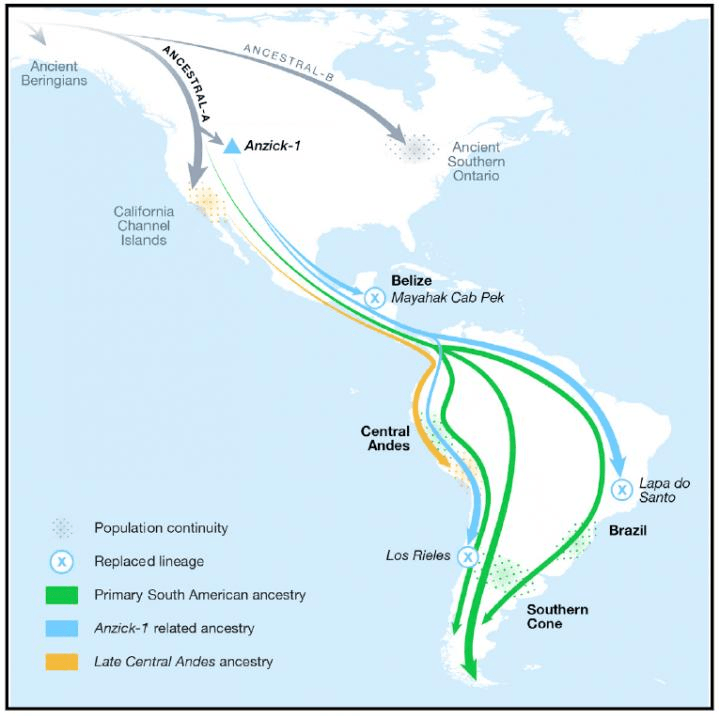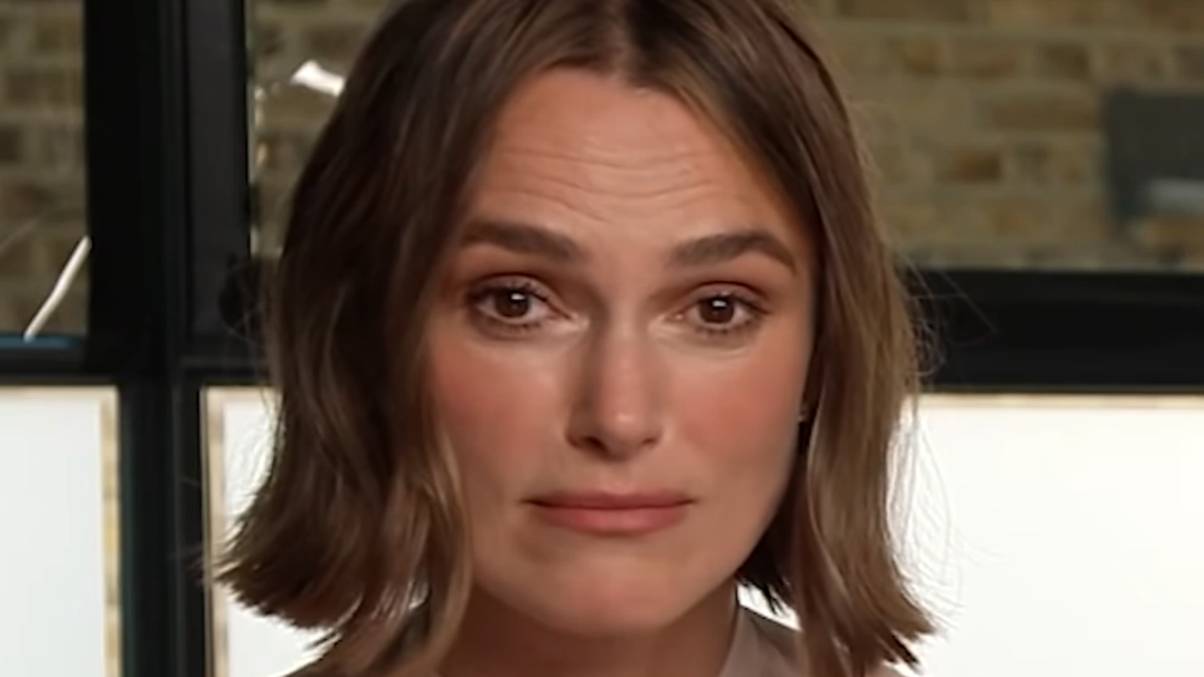“Unraveling the Secrets of ‘Spirit Cave Man’: What Ancient DNA Reveals About Earth’s Oldest Mummy!”
What would you do if you found out that a mummy you thought was just a relic of the past turned out to be a direct ancestor of a living community? Well, buckle up! The tale of the Spirit Cave Mummy isn’t just about ancient bodies; it’s a fascinating saga of identity, culture, and a desperate need for closure that has lingered for 20 years. The Fallon Paiute-Shoshone Tribe fought tooth and nail to claim their rightful connection to this 10,600-year-old mummy — can you imagine the emotional whirlwind of wanting a proper burial for someone you believe is your kin? After two decades of stalemate with the U.S. government, groundbreaking DNA testing finally determined the mummy’s lineage, marking a turning point in not only their history but also the conversation around indigenous rights and ancestral respect. So, what happened next? Well, it’s a story of triumph, tradition, and the importance of laying one’s ancestors to rest, sparking discussions that challenge long-held beliefs about America’s ancient inhabitants. Curious about how it all unfolded? LEARN MORE.
Members of the Fallon Paiute-Shoshone tribe have claimed cultural affiliation with the mummy and wished to give him a proper burial.
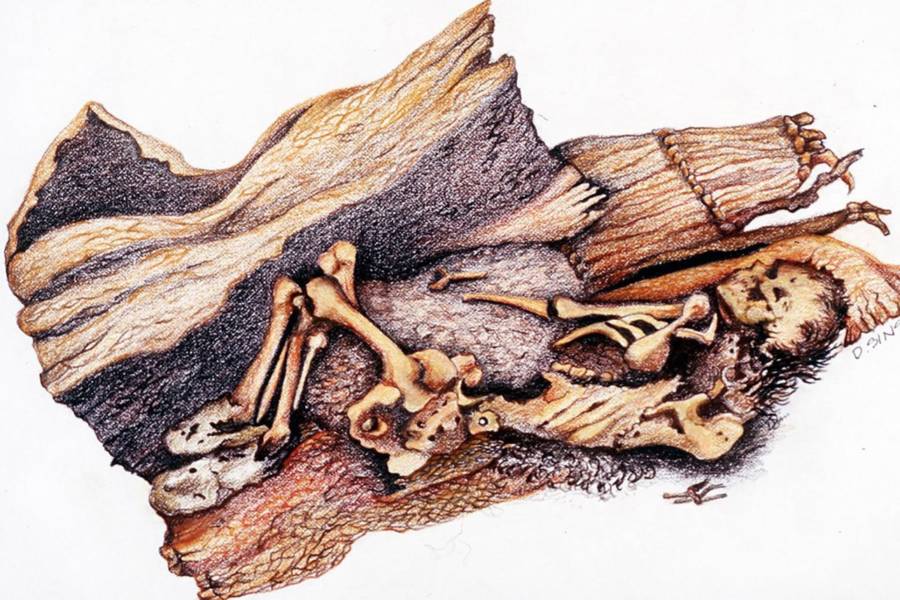
APAn illustration of the Spirit Cave Mummy.
Genetic testing has ended a 20-year debate between a Native American tribe and the U.S. government over the origins of the world’s oldest natural mummy, which has now finally been laid to rest.
The legal battle over the 10,600-year-old “Spirit Cave Mummy” was put to bed after a groundbreaking revelation revealed that the mummy is related to a modern Native American tribe, according to a study recently published in Science. DNA testing of the mummy’s skull definitively linked it to the Fallon Paiute-Shoshone Tribe of Nevada.
The Spirit Cave Mummy’s story begins in 1940 when it was first discovered in a small rocky alcove in the Great Basin Desert in Nevada. However, it wasn’t until 50 years later that new testing would reveal its actual age and earn it the title of the world’s oldest natural mummy (one embalmed only by natural forces).
The Fallon Paiute-Shoshone tribe claimed cultural affiliation with the mummy and requested the repatriation of its remains under the Native American Graves Protection and Repatriation Act. However the U.S. Bureau of Land Management rejected their request.
The tribe sued the government and sparked the two-decade-long debate over what to do with the mummy. The tribe wanted a proper burial for an individual they believed to be one of their ancestors and anthropologists believed that the remains provided invaluable historical insights and should be placed on display in a museum.
The two sides remained in a stalemate until 2015 when the tribe agreed to let Professor Eske Willerslev, the study’s lead author, conduct genomic testing on the mummy.
“I assured the tribe that my group would not do the DNA testing unless they gave permission and it was agreed that if Spirit Cave was genetically a Native American the mummy would be repatriated to the tribe,” Willerslev said in the statement.
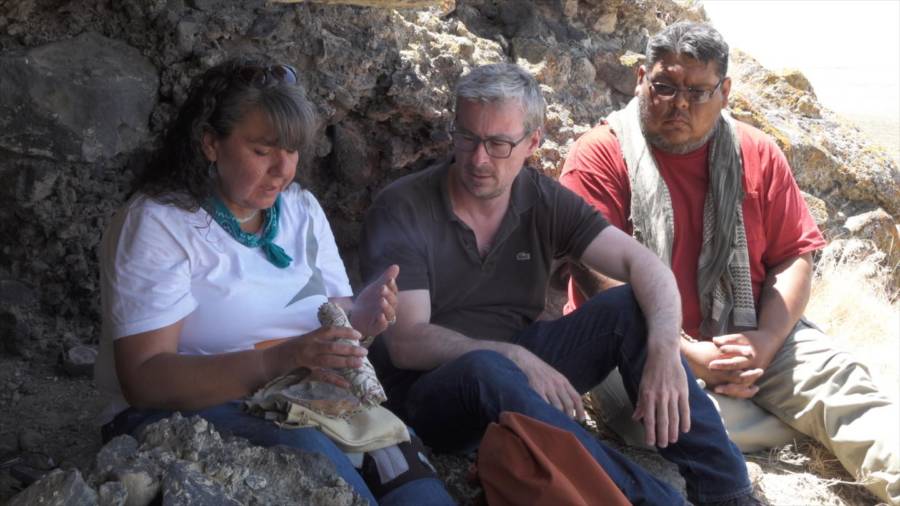
Linus Mørk, Magus FilmProfessor Eske Willerslev with Donna and Joey, two members of the Fallon Paiute-Shoshone tribe.
Using DNA extracted from the mummy’s skull, Willerslev was able to determine that the Spirit Cave Mummy was indeed a member of the Fallon Paiute-Shoshone Tribe and an ancestor of present-day Native Americans. The remains were returned to the tribe in 2016 and in 2018, a proper burial was held for the mummy.
“What became very clear to me was that this was a deeply emotional and deeply cultural event,” Willerslev explained. “The tribe have real feelings for Spirit Cave, which as a European it can be hard to understand but for us it would very much be like burying our mother, father, sister or brother.”
“We can all imagine what it would be like if our father or mother was put in an exhibition and they had that same feeling for Spirit Cave. It has been a privilege to work with them,” he added.
In addition to ending this 20-year battle, this study also dismisses a longstanding theory called the Paleoamerican hypothesis which claimed that a group called Paleoamericans roamed North America before the Native Americans.
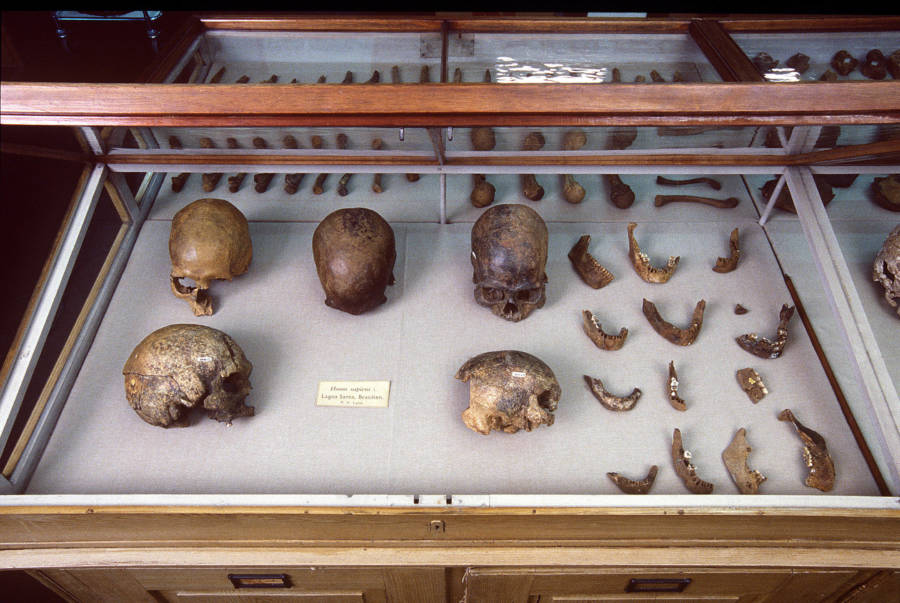
Natural History Museum of DenmarkSkulls and other human remains belonging to the group of people found at Lagoa Santa in Brazil.
As a part of the study, the researchers sequenced the genomes of other controversial ancient remains from North and South America. They examined the 10,400-year-old remains found at Lagoa Santa in Brazil and found that they were Native Americans as well and not Paleoamericans. Previous studies on their cranial morphology theorized that they couldn’t be Native Americans because their skulls were different shapes.
Their studies of the Spirit Cave Mummy and the Lagoa Santa skeletons have revealed groundbreaking new information on how ancient humans moved and settled across North and South America as well.
“A striking thing about the analysis of Spirit Cave and Lagoa Santa is their close genetic similarity which implies their ancestral population traveled through the continent at astonishing speed,” Dr. David Meltzer, from the Department of Anthropology, Southern Methodist University, Dallas, said in the statement. “They had a whole continent to themselves and they were traveling great distances at breathtaking speed.”
